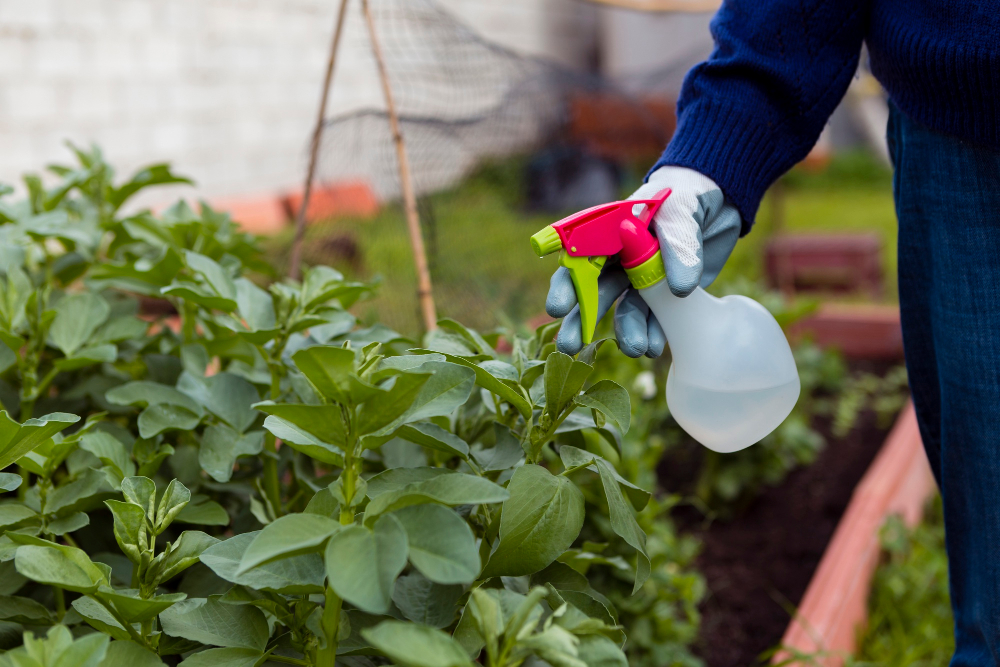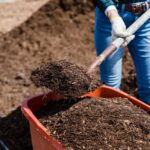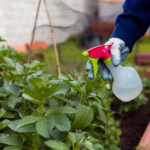Now Reading: Composting and Soil Improvement Tips for Thriving Gardens
-
01
Composting and Soil Improvement Tips for Thriving Gardens
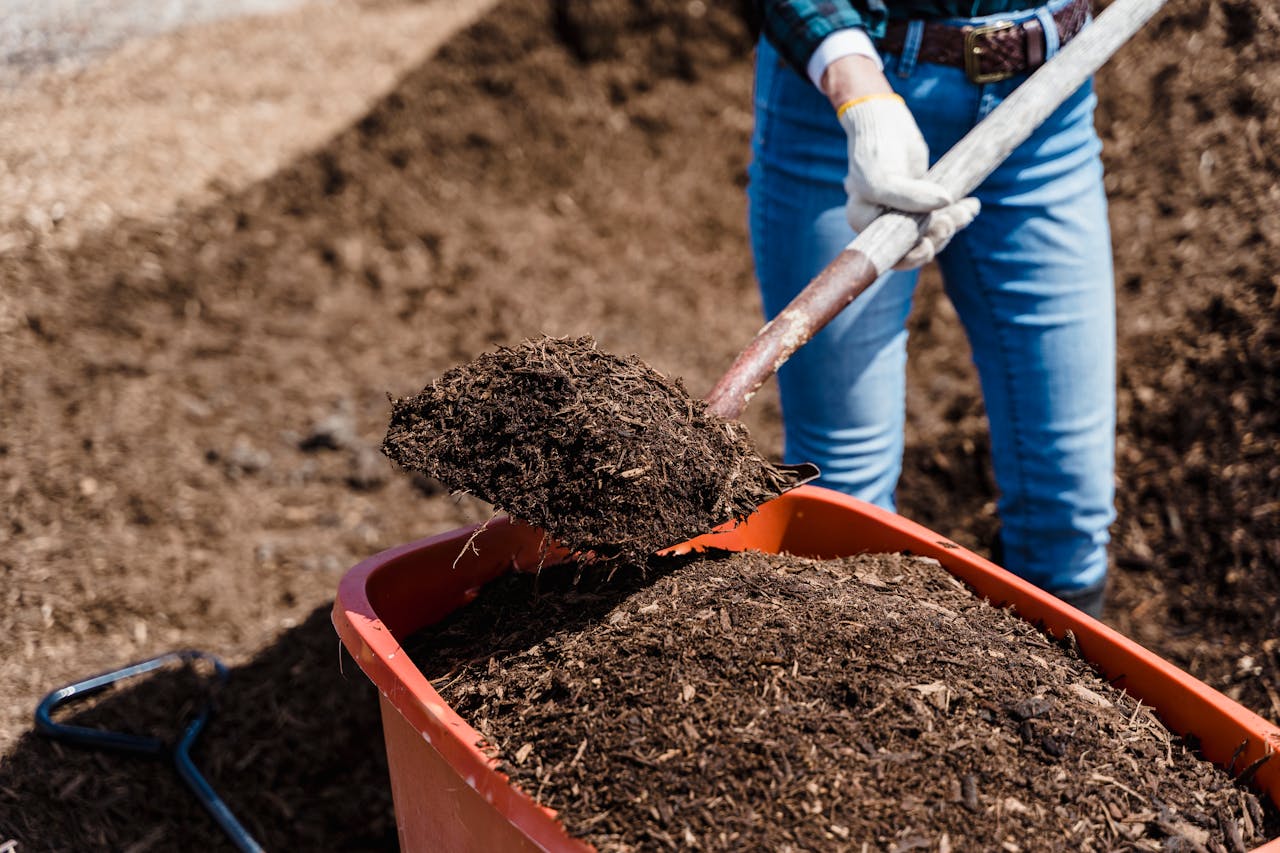
Composting and Soil Improvement Tips for Thriving Gardens
Why Dirt Deserves More Love?
Let’s be honest—most people don’t think twice about soil. It’s just… dirt, right? The thing your shoes drag into the house and your vacuum quietly hates. But here’s the thing: soil is alive. It’s packed with microbes, nutrients, soil organisms, and all the good stuff that decides whether your tomatoes taste like heaven or like disappointment in salad form.
And the best way to keep soil happy? Composting. Yes, that magical process where banana peels, yard litter, and yesterday’s salad become a high quality soil amendment. In this guide, I’ll walk you through composting and soil improvement tips that actually work—sprinkled with real life gardening fails (and wins) to keep it real.
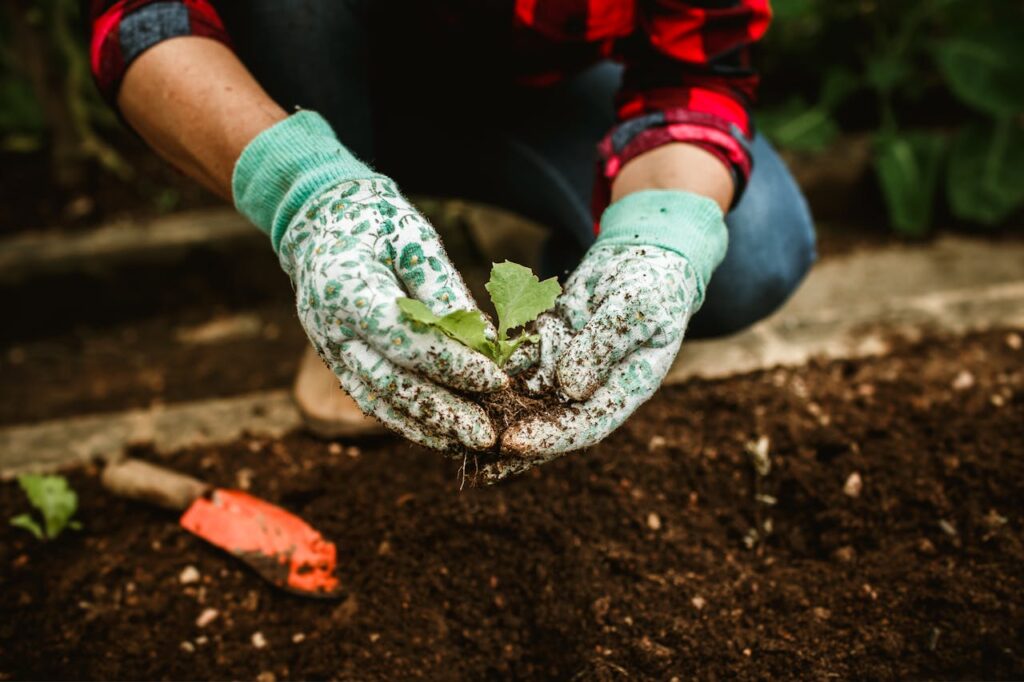
Outdoor Composting: Where the Magic Begins
If you’ve got a yard, congratulations—you have the perfect excuse to start a compost heap. Outdoor composting is basically letting nature do the hard work while you pat yourself on the back for being Eco friendly.
I once started my first compost pile in a forgotten corner of the yard, right next to the irrigation hose that always leaks. At first, it was a sad heap of dry leaves and kitchen scraps. But then, one day, I turned it with a shovel and—bam! Steam rose out like I was cooking lasagna for worms. That’s the composting process at work: microbes breaking down plant debris into nutrient rich finished compost.
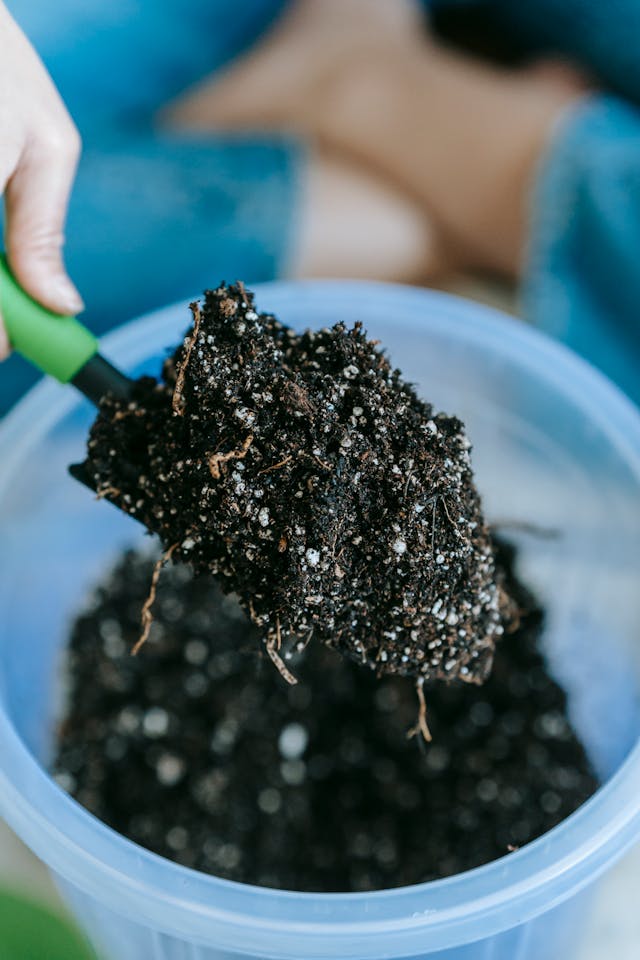
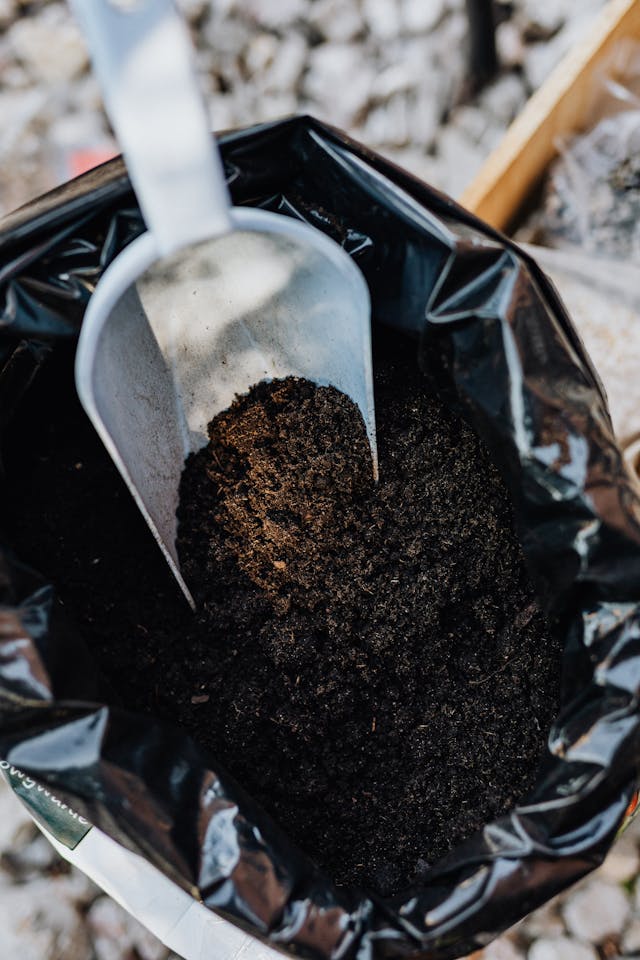
Tips for Outdoor Composting:
Keep your compost pile moist, like a wrung out sponge. Too dry, and decomposition stalls. Too wet, and it smells like a swamp monster moved in.
Balance greens (food scraps, fresh grass clippings) with browns (dry leaves, wood mulch, paper). This keeps your compost system aerated.
Mix or turn your pile once in a while—otherwise, it’s like baking a cake and never stirring the batter.
Backyard Composting: Small Yards, Big Results
Now, maybe you don’t have acres of land. Maybe your “yard” is more “patch of grass where the mower cries.” Don’t worry—you can still master backyard composting.
Backyard compost doesn’t need fancy gear. A simple bin, a corner spot, and some enthusiasm work fine. Think of it like a gym membership for your soil—it just needs regular feeding.
I once dumped too much lawn clippings into my pile, thinking I was feeding it “green power.” Instead, I created what I now call “The Green Brick of Doom.” Lesson learned: mix clippings with dry leaves or tree trimmings to keep it fluffy.
Home Composting Basics: Apartment Dwellers Can Play Too
If you’re stuck in an apartment, don’t think you’re off the hook. Home composting is possible with tools like worm bins or compact countertop systems.
Yes, worm composting (vermi composting) sounds like something out of a horror flick, but those little wrigglers are nature’s best recycle’s. Drop in your coffee grounds, food scraps, and shredded newspaper, and watch them turn it into nutrient packed vermi compost that makes container gardens thrive.
One of my friends swears her houseplants doubled in size after she added worm compost. Meanwhile, my first vermi composting bin… let’s just say it smelled so bad my roommate staged an intervention. Moral of the story? Keep it balanced, and don’t overload the worms.
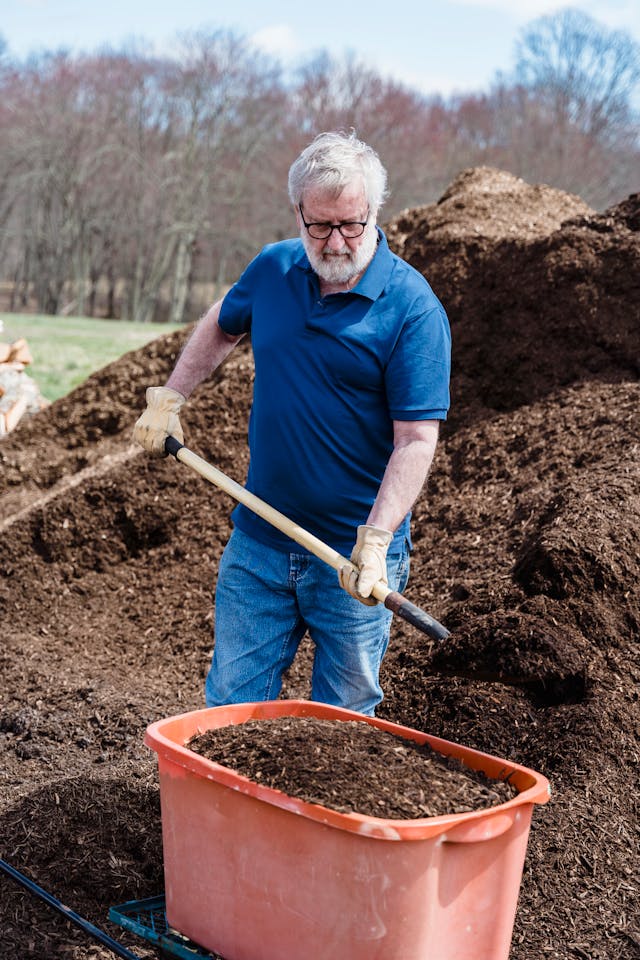
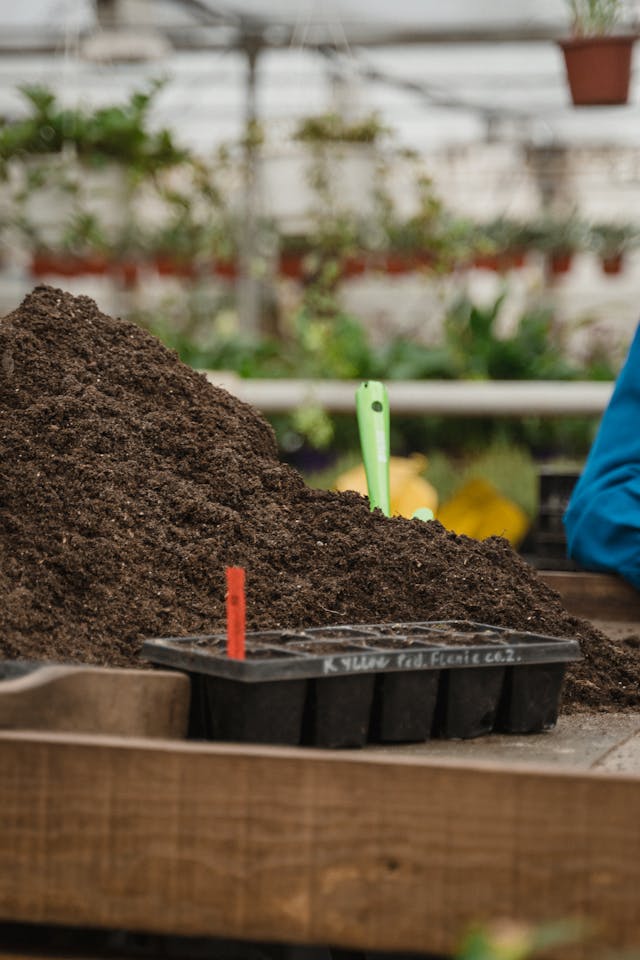
The Composting Process Explained
Let’s break down how the composting process actually works—without getting too sciencey.
1. Compost pile begin: You toss in scraps, leaves, and maybe some well composted manure.
2. Microbes party hard: Soil microbes and soil fauna get to work, raising the heat. (Seriously, your pile can hit 140°F. That’s hotter than my shower in winter.)
3. Decomposition: Plant debris breaks into smaller particles. Soil organic matter builds up.
4. Composted magic: After a few months, you get dark, crumbly, earthy smelling finished compost—a stable soil amendment.
And here’s the kicker: compost balances soil. It improves soil structure, helps with soil density, supports soil biology, and prevents soil erosion. Basically, it’s like giving your garden a multivitamin.
Soil Improvement Tips That Actually Work
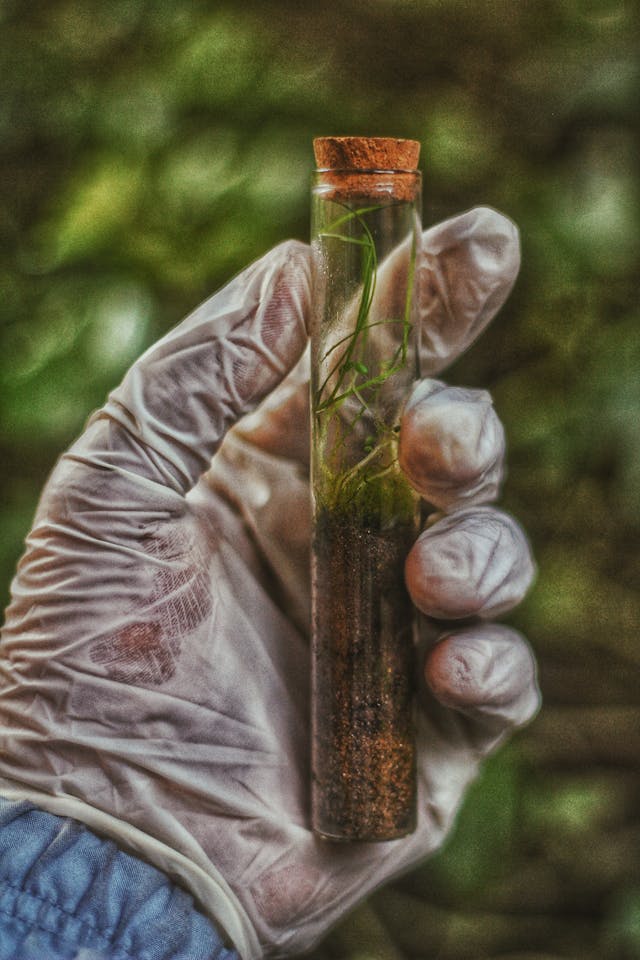
Okay, so you’ve got compost. Now what? Let’s talk soil improvement tips that make your garden thrive.
1. Test Your Soil
Before you throw compost everywhere, do a soil test. This tells you the soil pH, nutrient levels, and whether you’re dealing with sandy soil, clay soil, or heavy clay soil. I once ignored a soil test and planted blueberries in alkaline soil. They died faster than my diet resolutions.
2. Mix Compost into the Soil
Rule of thumb: mix in two to four inches of compost to the top six to nine inches of your soil. This helps with good drainage, boosts soil nutrients, and keeps soil microbes thriving.
3. Mulching Matters
Use a mulching mower, wood mulch, or natural wood mulch to cover soil. This prevents soil erosion, keeps soil moisture locked in, and feeds soil organisms as it breaks down.
4. Use Specialty Composts
Mushroom compost: Great for boosting soil biology.
Well composted horse manure: Adds nutrients but doesn’t stink up your yard.
Vermi composting bin products: Perfect for container gardens or small spaces.
Composting and Soil Improvement Tips
Alright, let’s talk about the dynamic duo: composting and soil improvement tips. This is basically gardening’s version of self care. Think of your soil as that tired friend who runs on instant noodles and bad coffee. Compost is the green smoothie that finally gets them back on track.
First rule of soil club: do a soil test. Don’t just eyeball it and say, “Eh, looks like dirt.” You need to know your soil pH, your soil chemistry, and whether you’re dealing with clay soil that clings tighter than cling wrap or sandy soil that drains faster than your phone battery.
Once you know what your soil is crying about, you can fix it. How? With compost, obviously. When you mix in two to four inches of compost to the top six to nine inches of your soil, you’re basically giving it a makeover. Suddenly you’ve got well structured soil with good drainage, happy soil microbes, and enough soil nutrients to keep your plants from sending passive aggressive yellow leaves.
Don’t stop at compost. Add a little mulch—maybe some wood mulch, maybe the output from your mulching mower—to lock in moisture and prevent soil erosion. Think of it as the SPF sunscreen for your soil surface.
And if you’re feeling extra, go for the fancy stuff:
- Mushroom compost for a boost of soil biology.
- Well composted horse manure for serious soil amendment street cred.
- Or try vermi composting—yes, worm poop is basically the caviar of the compost world.
Here’s the kicker: compost balances soil. It fixes heavy clay soil, makes loose soil more resilient, supports soil organisms, and keeps soil retain moisture like a pro. Translation: fewer dead plants, more bragging rights.
Bottom line? Treat your soil like a VIP guest. Feed it compost, tuck it in with mulch, and keep an eye on its mood with a soil test. Do that, and your garden will go from “meh” to “magazine cover” faster than you can say “compost pile begin.”
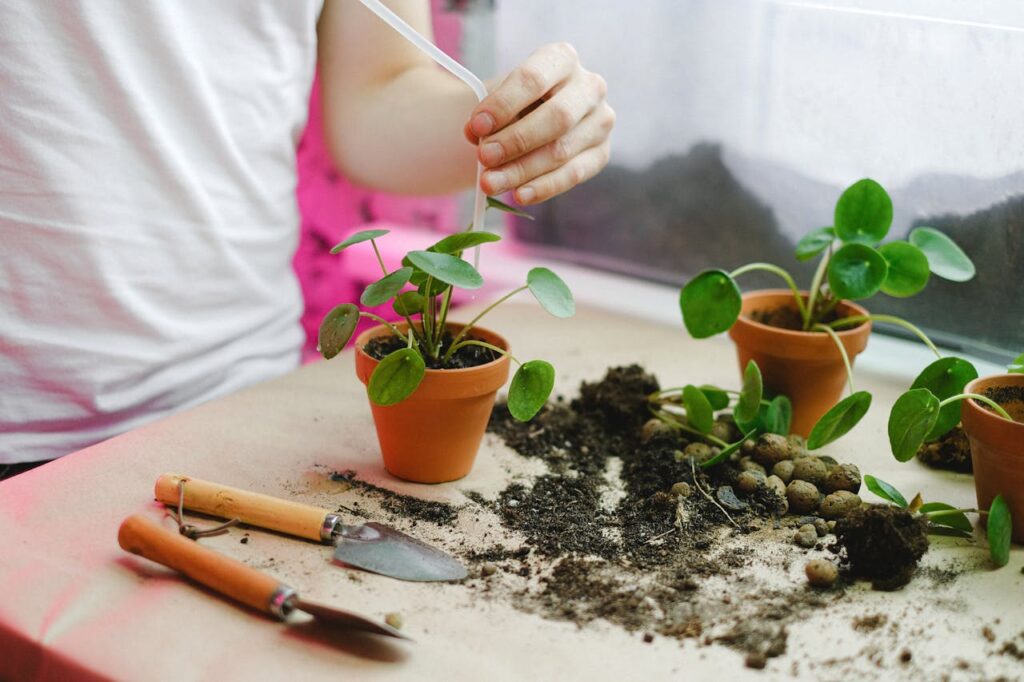
Community Composting & Waste Reduction
If you don’t want a pile in your backyard, look for a community composting program. Many towns now have composting programs or even commercial composting facilities that handle compostable food service ware, kitchen scraps, and yard waste.
The environmental benefits? Huge. Composting reduces what ends up in landfills, supports solid waste reduction, and creates value added soil amendments. So, you’re saving the planet while scoring better tomatoes. Win win.
Real Life Wins (and Fails)
Here’s where it gets personal. My neighbor once made the mistake of putting meat scraps in his backyard pile. I’ll just say this: every raccoon in a three mile radius RSVP’d.
On the flip side, my own compost success story came when I finally nailed the balance. I had a well maintained pile with dry leaves, yard litter, and food scraps. That finished compost transformed my sad, compacted soil into loose soil with a healthy soil habitat. Suddenly, my container gardening basil plants weren’t just surviving—they were Instagram worthy.
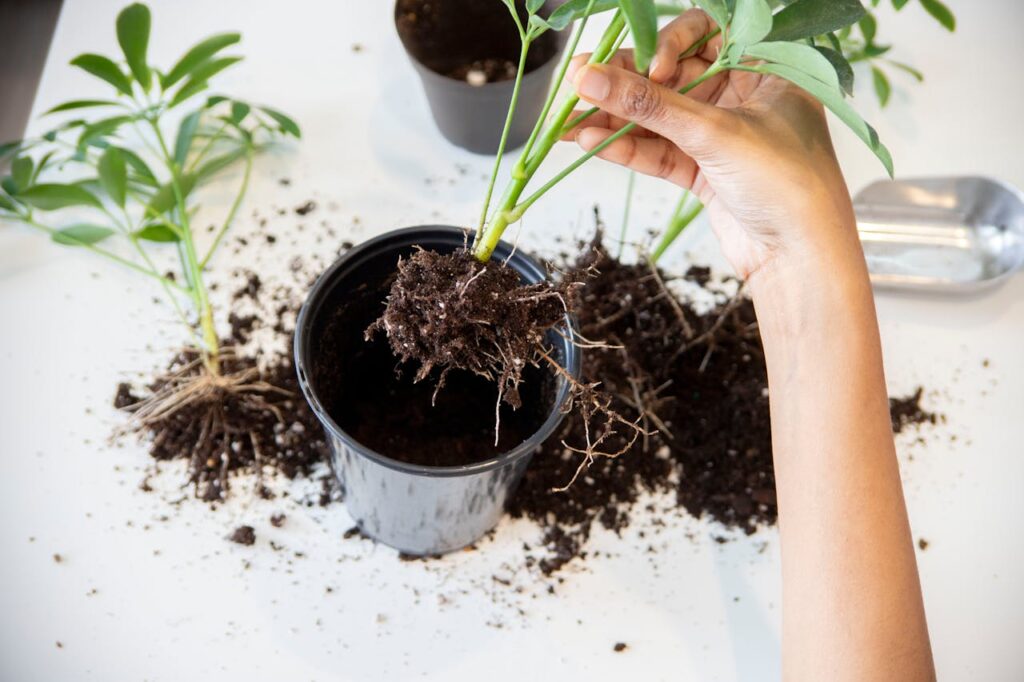
You may also like:
Final Thoughts: Dirt Is Life
So, what does this all mean? Composting isn’t just a trendy buzzword. It’s the backbone of healthy soil, resilient plant growth, and gardens that actually produce a nice harvest. Whether you’re into outdoor composting, backyard composting, or home composting basics, the result is the same: less waste, better gardens, and soil that makes you proud.
So, grab those banana peels, test your soil pH, and build your pile. Because in the end, the secret to a good life (and a good tomato) is simple: respect the dirt.
Frequently Asked Questions (FAQ): Composting and Soil Improvement Tips
How to improve soil with compost?
Simple: toss your kitchen scraps, leaf litter, and well composted manure into a compost pile and let it break down. When the compost decomposes, mix that earthy gold into your garden soil. It fixes bad soil doesn’t grow issues, balances soil pH., and keeps your plants from writing angry letters about their living conditions.
What is the best way to improve garden soil?
Think of your precious garden soil as a tired sponge. The best fix is a high quality soil amendment like compost. Mix in compost products, add a bit of mulch, and keep a well maintained pile going so you always have fresh supply. Bonus tip: weed less gardening practices keep you from cursing while pulling weeds every weekend.
What are 5 ways to increase soil fertility?
- Add composts (yes, plural—everything from vermi compost to well composted manure).
- Use organic weed control instead of drowning your soil in chemicals.
- Mulch with leaf litter or wood mulch to prevent soil erosion.
- Rotate crops according to your plant hardiness zone so soils don’t burn out.
- Download some gardening apps—because even farmers deserve tech support.
How compost improves soil structure?
Compost is like yoga for soil. It loosens up heavy soil, improves soil particles bonding in mineral soil, and creates well structured soil—ever. Compost also feeds beneficial soil microbes, giving them the energy to throw a microscopic rave that makes roots thrive.
What is the most effective method to compost?
Honestly? The one you’ll actually stick with. Got space? Go with a big active pile outdoors. Small yard? Try backyard composting systems. Apartment dweller? Worm bin. Hipster? Bokashi. Just make sure your composting system balances greens and browns, stays moist, and avoids turning into a raccoon buffet.
How to make the best garden soil?
Start with fresh soil (or purchasing bulk compost if you’re lazy). Add composts, maybe some well composted manure, and don’t forget weed less gardening hacks. The goal? Garden soil so rich and fluffy your carrots feel like they’re on vacation in a luxury spa.
What are 3 ingredient garden soils?
The gardening version of a three ingredient recipe:
- Compostaje (aka compost, but fancier).
- Potting soil or local soils.
- Something for texture like leaf litter or sand.
Mix it together like cake batter (but don’t taste test). Congratulations—you’ve got a starter mix for a thriving garden.
What is the fastest way to add nutrients to soil?
Compost is the fast food of soil—minus the grease. Mix finished compost directly into your beds or sprinkle compost products over the top. Add a dash of fertilizers if your soil needs a booster shot. If you want immediate results! Liquid compost teas—basically espresso shots for soils.
What are the techniques of soil regeneration?
Ah, the soil version of a spa retreats:
- Mulching with leaf litter.
- Adding compostable matter through everything compost.
- Weed less gardening practices so nutrients go to plants, not invaders.
- Cover crops (because soils love green pajamas).
Together, these restore soil right, build below ground growth, and save soils from soil extremes.
How long does it take to improve soil quality?
Depends With a steady supply of compost piles and value-added soil amendments, you’ll see changes in a single season. But if your site has been neglected, compacted, or abused with chemicals, give it a year or two. Soil is like us—it takes time to recover from trauma and Netflix binges.
What are three ways we can restore soil fertility?
- Mix in composts—yes, certain composts are like super foods.
- Rotate crops so soil need doesn’t stay stuck on repeat.
- Add mulch to prevent soil erosion and keep gardens soil microbes in business.
What are the methods to stop soil degradation?
- Step one: stop treating your soil like a doormat.
- Step two: add compostaje and organic weed control to keep it alive.
- Step three: use weed less gardening and mulching to prevent soil erosion. And finally, avoid over tilling. Soil—ever thanks you by staying fertile instead of becoming lifeless dust.














